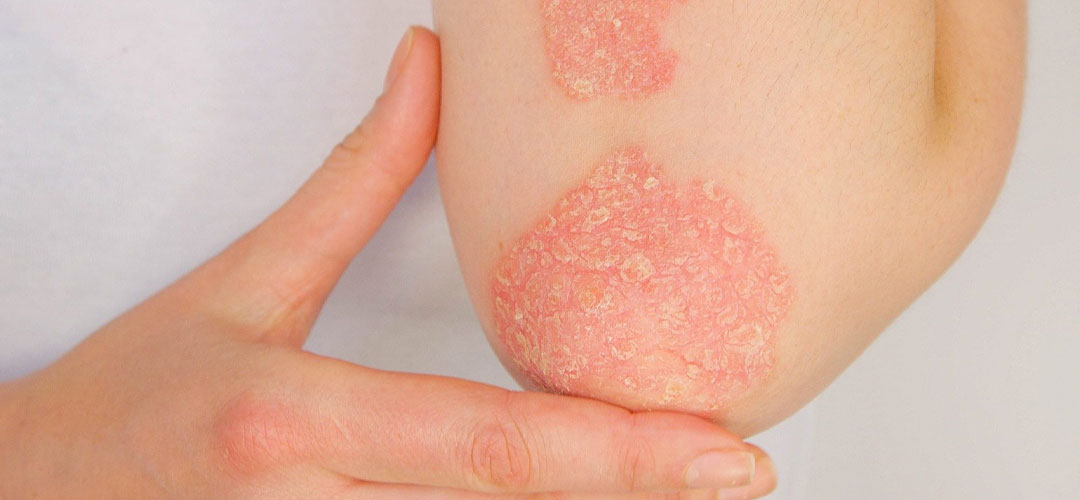
Psoriatic arthritis is a type of inflammatory arthritis that affects some people who have psoriasis, a condition characterised by red, scaly skin patches.
Understanding psoriatic arthritis, including its symptoms, causes, and treatment options, is crucial for managing this chronic condition effectively.
• Psoriatic Arthritis
Psoriatic arthritis (PsA) is an autoimmune disease where the body's immune system attacks healthy tissues, leading to joint inflammation and skin symptoms. It can affect any joint in the body and is often associated with psoriasis, but not everyone with psoriasis will develop PsA.
• Psoriatic Arthritis Symptoms
Psoriatic arthritis symptoms can vary widely but commonly include joint pain, stiffness, and swelling, particularly in the fingers, toes, and lower back. The symptoms may flare up and subside, sometimes mimicking other types of arthritis, making diagnosis challenging.
• Causes of Psoriatic Arthritis
The exact causes of psoriatic arthritis are not fully understood, but a combination of genetic and environmental factors is believed to contribute. A family history of psoriasis or arthritis increases the risk, and triggers like infections or physical trauma may initiate the condition.
• Diagnosis of Psoriatic Arthritis
The diagnosis of psoriatic arthritis involves a combination of physical exams, medical history, blood tests, and imaging studies. There is no single test for PsA, so doctors often look for patterns of joint and skin symptoms, along with ruling out other forms of arthritis.
• Types of Psoriatic Arthritis
There are several types of psoriatic arthritis, including:
- Symmetric PsA: Affects the same joints on both sides of the body.
- Asymmetric PsA: Affects joints on one side of the body.
- Distal PsA: Affects the ends of fingers and toes.
- Spondylitis PsA: Affects the spine.
- Arthritis Mutilans: A severe, deforming type of PsA.
• Psoriatic Arthritis - Hands
Psoriatic arthritis on hands can cause swelling, pain, and stiffness in the fingers, often leading to a characteristic "sausage-like" appearance. Over time, it can lead to joint damage and deformities, making tasks that require fine motor skills difficult.
• Psoriatic Arthritis - Knee
Psoriatic arthritis in the knee can cause pain, swelling, and reduced range of motion, making it difficult to walk, climb stairs, or stand for extended periods. This can significantly impact a person's mobility and quality of life.
• Psoriatic Arthritis - Fingers
Psoriatic arthritis in fingers often results in dactylitis, or "sausage digits," where the entire finger becomes swollen. This symptom is particularly characteristic of PsA and can lead to permanent joint damage if not managed properly.
• Psoriatic Arthritis Treatments
Psoriatic arthritis treatments focus on reducing inflammation, relieving pain, and preventing joint damage. Common treatments include nonsteroidal anti-inflammatory drugs (NSAIDs), disease-modifying antirheumatic drugs (DMARDs), biologics, and physical therapy.
• Diet for Psoriatic Arthritis
A healthy diet for psoriatic arthritis can play a role in managing symptoms. Anti-inflammatory foods, such as fruits, vegetables, whole grains, and omega-3-rich fish, can help reduce inflammation, while avoiding processed foods, sugary snacks, and red meat may also be beneficial.
• Food for Psoriatic Arthritis
Incorporating the right food for psoriatic arthritis into your diet can help manage symptoms. Foods rich in antioxidants, like berries and leafy greens, as well as foods high in omega-3 fatty acids, such as salmon and flaxseeds, are known to reduce inflammation and support overall joint health.
• Conclusion
Psoriatic arthritis is a complex and chronic condition that requires a comprehensive approach to treatment and lifestyle management. Understanding the symptoms, causes, and treatment options, along with adopting a healthy diet, can help those with PsA lead a fulfilling and active life despite the challenges posed by the disease.
Disclaimer:
Information and other content provided in Lily & Loaf blogs should not be construed as medical advice and should not be considered a substitute for professional medical expertise. If you have any medical concerns, you should consult with your health care provider.







